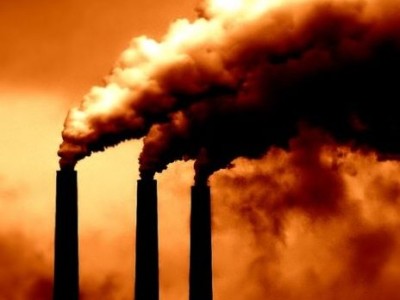The Truth About EPA’s Regulation of Coal
EPA has been accused of killing the coal industry by insanely over-regulating coal-fired power plants and factories. The facts are different.
The Congressional Research Service is a reliable, non-partisan source of information. Here is what CRS says about the impact of the EPA rules:
The primary impacts of many of the rules will largely be on coal-fired plants more than 40 years old that have not, until now, installed state-of-the-art pollution controls. Many of these plants are inefficient and are being replaced by more efficient combined cycle natural gas plants, a development likely to be encouraged if the price of competing fuel—natural gas— continues to be low, almost regardless of EPA rules.
Speeding up the retirement of old plants isn’t insignificant, but it’s not exactly economy-crushing. The huge cost estimates that are still circulating were (among other problems) based on early versions that were never adopted.
What about the benefits of the rules? The MACT rule, which requires new pollution controls at power plants to control toxics, is a good example. EPA projects major health benefits from the new pollution control equipment. Those estimates are contested by industry and by industry-backed “think tanks.” But the American Lung Association backs EPA’s view:
Cleaning up emissions from industrial boilers and incinerators will prevent up to 8,100 premature deaths each year. It will also prevent 5,100 heart attacks, 52,000 asthma attacks, 3,000 emergency room visits, and 400,000 missed work days annually.
Those are major benefits to the American people, at costs that seem relatively modest.
EPA’s regulations may have their flaws. But the over-the-top criticisms spread by political figures seem to be based on industry propaganda rather than actual evidence.
Reader Comments
2 Replies to “The Truth About EPA’s Regulation of Coal”
Comments are closed.







A comment I wrote here almost exactly one year ago still applies:
http://legalplanet.wordpress.com/2011/10/07/climate-change-a-plausibility-check/
With specific reference to coal, the problem isn’t so much the “toxics” like mercury as the fine particulates (PM 2.5) for which there is no cost-effective solution. Consider page 2, figure 4 here:
http://onlinelibrary.wiley.com/doi/10.1111/j.1539-6924.2011.01630.x/pdf
which is an EPA report entitled “Estimating the national public health burden associated with exposure to ambient PM2.5 and ozone.”. Much of the small particulate emissions come from coal-fired plants. I have a personal stake in this, since I live downwind of the major midwestern coal-generating regions. The baghouses and scrubbers reduce the SO2 and larger particulates (PM10) but do almost nothing for the small stuff that penetrates deepest into the lungs.
The worst-case estimates of latent cancer fatalities from Fukushima are on the order of 1000 people (cf. Frank Von Hippel of Princeton, no friend of nuclear). That’s bad, but it’s about two orders of magnitude below the “casualties” cited in the abstract of the EPA document. A very good case can be made on public-health grounds for expanding nuclear generation at the expense of coal.
A comment I wrote here almost exactly one year ago still applies:
http://legalplanet.wordpress.com/2011/10/07/climate-change-a-plausibility-check/
With specific reference to coal, the problem isn’t so much the “toxics” like mercury as the fine particulates (PM 2.5) for which there is no cost-effective solution. Consider page 2, figure 4 here:
http://onlinelibrary.wiley.com/doi/10.1111/j.1539-6924.2011.01630.x/pdf
which is an EPA report entitled “Estimating the national public health burden associated with exposure to ambient PM2.5 and ozone.”. Much of the small particulate emissions come from coal-fired plants. I have a personal stake in this, since I live downwind of the major midwestern coal-generating regions. The baghouses and scrubbers reduce the SO2 and larger particulates (PM10) but do almost nothing for the small stuff that penetrates deepest into the lungs.
The worst-case estimates of latent cancer fatalities from Fukushima are on the order of 1000 people (cf. Frank Von Hippel of Princeton, no friend of nuclear). That’s bad, but it’s about two orders of magnitude below the “casualties” cited in the abstract of the EPA document. A very good case can be made on public-health grounds for expanding nuclear generation at the expense of coal.